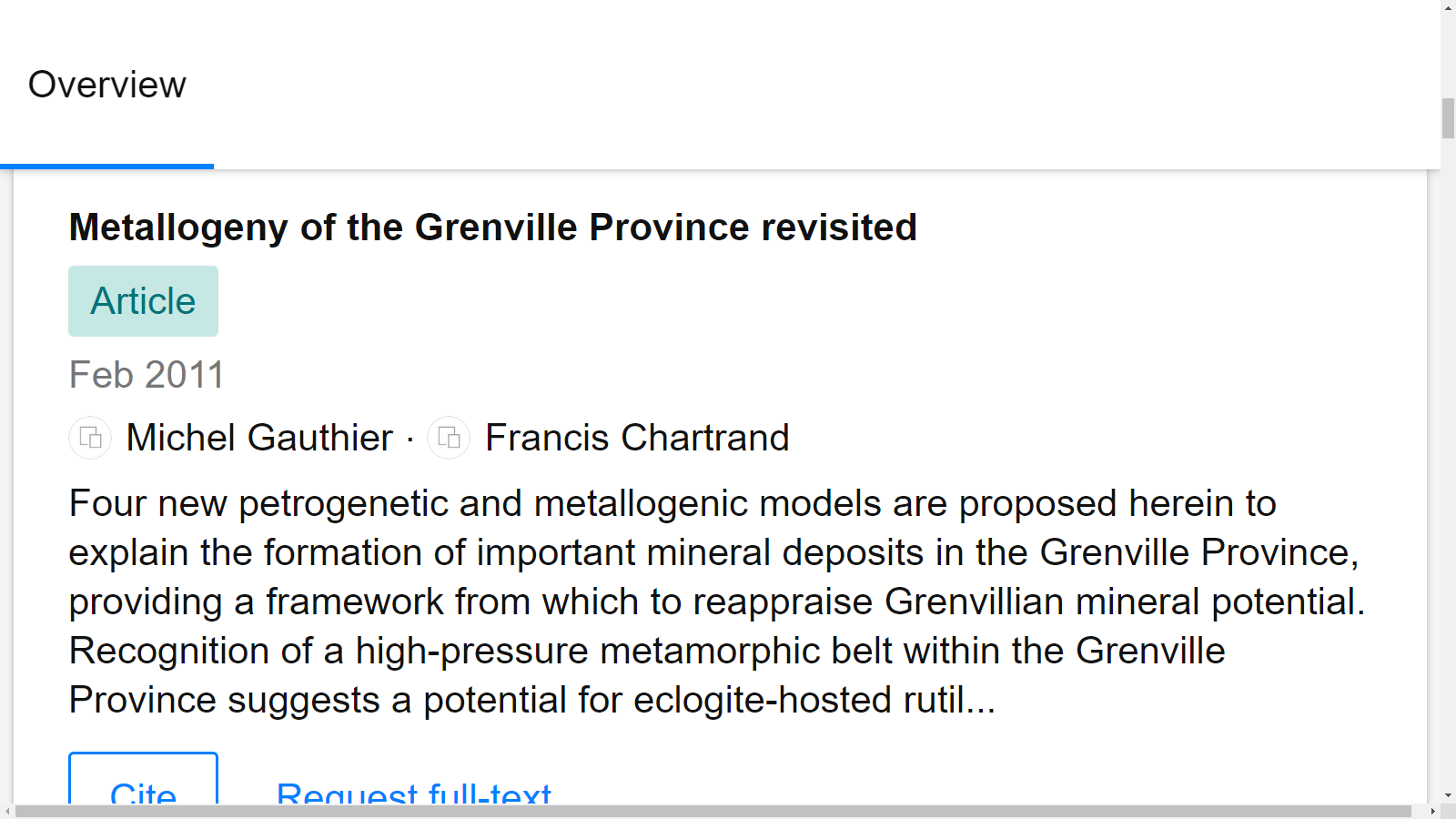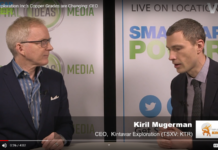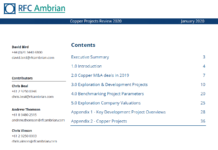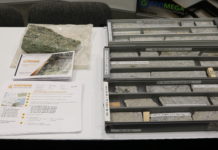« La métallogénie de la Province de Grenville revisitée » Michel Gauthier & Francis Chartrand, 2011
Published in the Canadian Journal of Earth Sciences, February 2011. Read the abstract below.
https://www.researchgate.net/publication/237169300_Metallogeny_of_the_Grenville_Province_revisited
Four new petrogenetic and metallogenic models are proposed herein to explain the formation of important mineral deposits in the Grenville Province, providing a framework from which to reappraise Grenvillian mineral potential. Recognition of a high-pressure metamorphic belt within the Grenville Province suggests a potential for eclogite-hosted rutile deposits, an important and much-sought commodity.
A recently developed Norwegian model proposes that anorthosite genesis occurred through lower crust underplating and coeval partial melting, rather than by plume magmatism. Applied to the Grenville Province, the new petrogenetic model may provide insight into the widespread occurrence of platinum group element (PGE) poor nickel showings and the distribution of chromite, Ti-rich, and low-Ti iron-oxide deposits within the Grenville and adjacent terranes.
A new type of sedimentary-exhalative (SEDEX) mineralization formed by oxidized brines has been defined following the discovery of new deposits in Australia. Applied to the Grenville Province, it provides a possible explanation for two long-recognized features of marble-hosted zinc deposits: (i) the presence of meta-siderite beds occurring as distal haloes around SEDEX zinc deposits, and (ii) the mutually exclusive division of these SEDEX deposits into massive sulphide and nonsulphide groups.
The discovery of the giant Olympic Dam iron-oxide copper-gold (IOCG) deposit in Australia renewed the interest in magmatic low-Ti iron-oxide deposits in the Grenville Province that have been known and mined since early colonial times. Subsequent exploration in the northeastern part of the Grenville Province revealed the presence of breccia-hosted Cu-Au-U-rare-earth element (REE)-bearing iron-oxide mineralization. This deposit and other low-Ti iron-oxide deposits in the southwestern Grenville Province have a previously undocumented close spatial and temporal association with Ti-rich iron-oxide deposits.
These examples demonstrate how new petrogenetic, tectonic, and ore deposit models developed in unmetamorphosed rocks can be successfully adapted to high-grade terranes, where they stimulate mineral exploration in these challenging conditions. Furthermore, by tracking the formation of ore deposits in the lower crust, the existence of unsuspected metallogenic associations in the higher crust, such as the low-Ti and high-Ti iron-oxide association observed in the Grenville Province, may be revealed.
Veuillez noter que M. Michel Gauthier est conseiller auprès de notre entreprise. Écoutez ce que notre PDG Kiril Mugerman a dit à propos de sa collaboration avec lui dans cet extrait de notre récente interview avec StockPulse:
KIRIL MUGERMAN: Géologiquement parlant, nous sommes au sein de GRENVILLE.
KIRIL MUGERMAN: Bien sûr, le QUÉBEC est connu pour son or à Val-d’Or, la BAIE JAMES – ABITIBI. L’or n’est pas dans le GRENVILLE – tout est dans des terrains beaucoup plus anciens, qui sont beaucoup moins déformés. Les seules choses qui se trouvent dans la GRENVILLE au Québec sont les gisements de fer et les gisements de graphite. C’est parce que GRENVILLE a vu une énorme déformation. Cette déformation a été achetée par pression, par compression et pliage de la roche.
KIRIL MUGERMAN: De plus, en apportant des températures élevées, qui métamorphosent les roches. En raison de ce métamorphisme, vous n’avez pu identifier aucune des roches traditionnelles associées aux gisements de cuivre stratiformes.
ALLAN BARRY: Ils sont modifiés.
KIRIL MUGERMAN: Ils sont tous modifiés en raison du métamorphisme, c’est exact. Nous avons fait dire aux gens: « Eh bien, c’est dans le marbre – ce doit être un skarn. Au Québec, vous avez du cuivre dans le skarn. « Ils partent toujours de vieilles notions qui ne s’appliquent pas ici – ils ont tous été métamorphosés en faciès de granulite.
KIRIL MUGERMAN: Nous n’avions pas peur des conditions métamorphiques parce que nous avions MICHEL GAUTHIER de notre côté, qui est extrêmement doué pour reconstruire les conditions pré-métamorphiques à partir de ce que nous voyons maintenant. Il a fait le travail de section mince pour nous pour reconstruire les constituants d’origine – quelles étaient ces roches? Cela nous a donné beaucoup de confiance. Ensuite, nous avons commencé à forer.
Kiril Mugerman, StockPulse Transcript c. 5,000 Words – Kintavar
Kiril Mugerman, StockPulse Transcript c. 5,000 Words HiddenTreasures: Kintavar ExplorationStockPulse, December 20th 2019.TRANSCRIPT -Text quotes KIRIL MUGERMAN, CEO of KINTAVAR unless otherwise noted. This episode features KINTAVAR EXPLORATION. Ticker KTR on the Venture Exchange. CEO KIRIL MUGERMAN now ALLAN BARRY, hello. ALLAN BARRY: Thank you for joining me, it’s Allan Barry Laboucan from the Allan …







